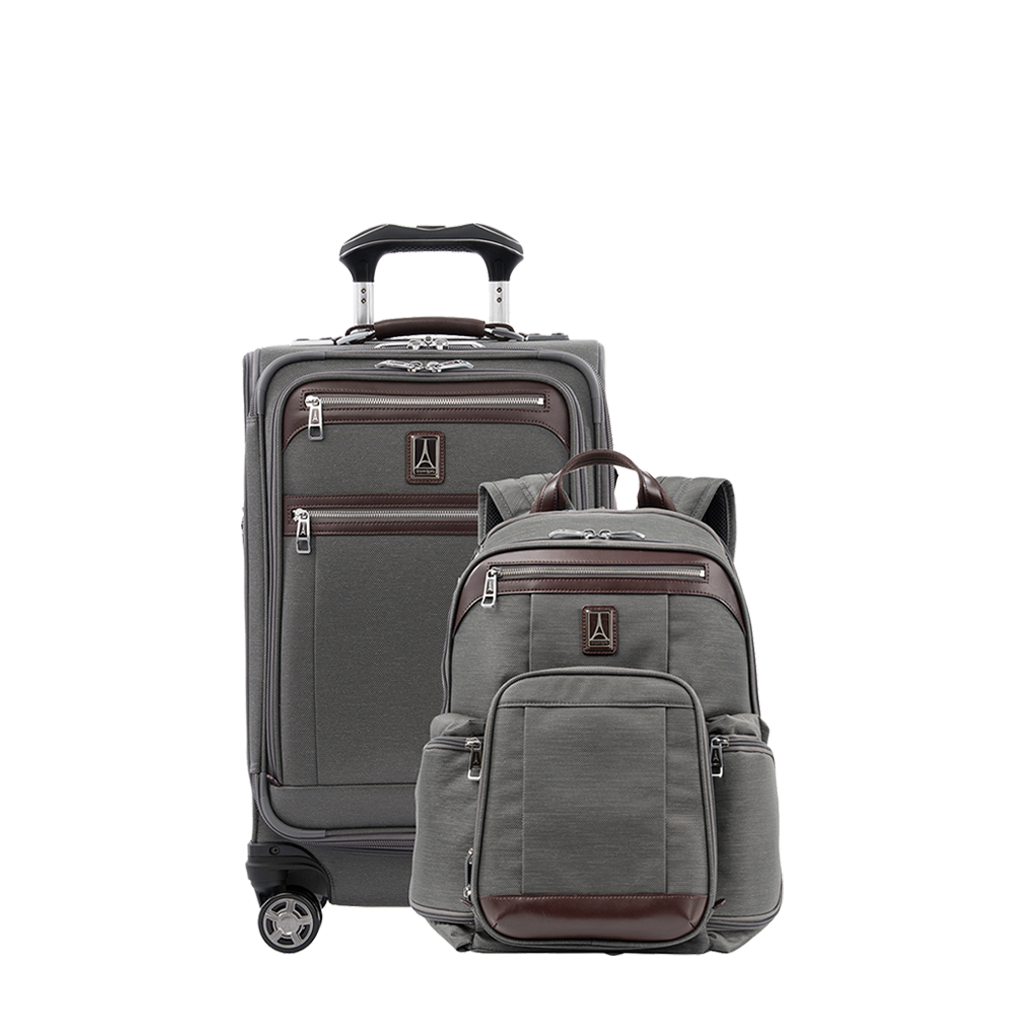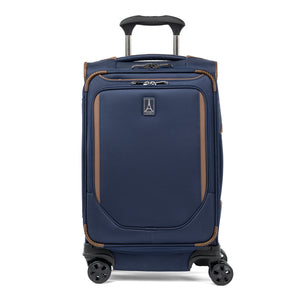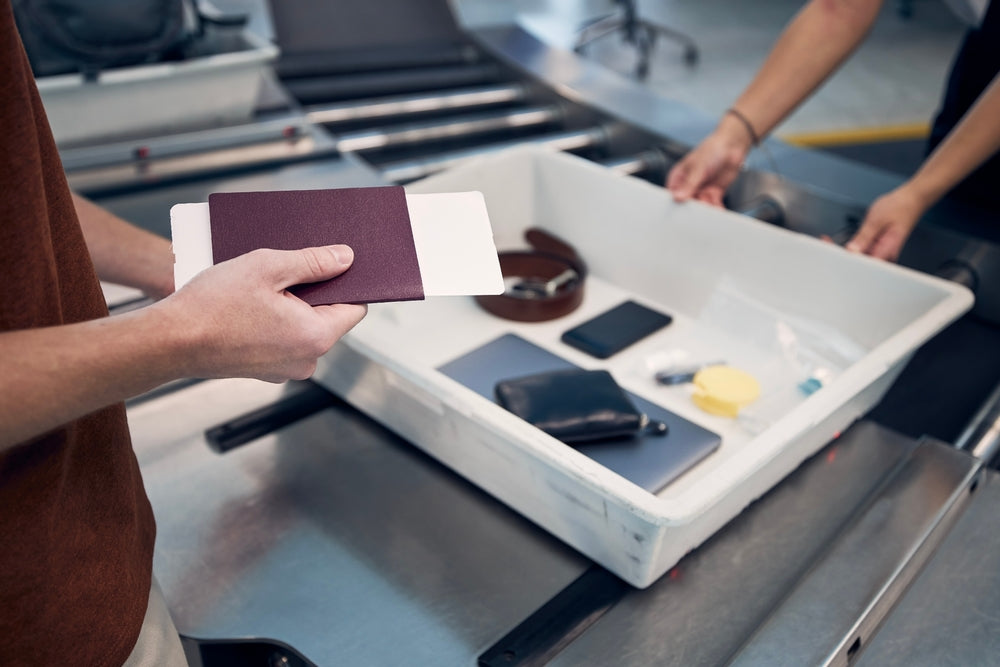Long lines at the TSA checkpoint create anxiety no matter how soon you arrive at the airport. If everyone understood the TSA how to pack rules, those pile-ups would be far less frequent. That’s why we compiled some of the most important, must-know packing tips for air travel that will help get you through the security checkpoint without delay.
These travel packing tips for airport security won’t just help you get to your gate faster, they will also help ensure you have what you need at hand once onboard your flight.
Note: While most major airlines allow a personal item (that gets stowed beneath the seat in front of you), and a carry-on (stowed in the overhead compartment), some airlines charge a fee for the carry-on. All airlines have size limits on carry-on luggage.
What Should You Carry In Your Personal Item?
Your personal item can be a small backpack, tote bag, purse, or messenger bag, like one used to carry your laptop or tablet. The bag should fit under the seat in front of you on the plane. Since your day-to-day bag may contain TSA-prohibited items, you’ll want to empty it out to be re-packed for travel.
Now it’s time to ask: What can I carry in my purse on a plane? And, what should I pack to have onboard?
Your personal item should contain anything you want to access during flight along with your travel documents, food, any approved electronics you’re bringing, and your prescription medication–even if you won’t need to take it during the flight.
Don’t just dump everything into your bag. Invest in travel organizers and other packing solutions that keep everything safely stored and easily accessible.

Documents, including passports and printed boarding passes, should be stored in a pocket that is easily accessible by you but not by others. Some Travelpro bags even come with RFID blockers that guard against loss and identity theft.
Food, medication, charging cables, headphones, and other onboard needs should be in their own organizers or dedicated pockets for quick retrieval. Pack these in the main and front compartments of the personal item.
Travel Tips for Carry-on Luggage
While your personal item is for things you want to get at quickly, your carry-on luggage will be stored in the overhead bin and not as easy to get into mid-flight. Use your carry-on bag for things you need during a layover or soon after landing–especially if your checked bag gets lost.
Some items that go in your carry-on bag:
- Most toiletries
- Liquids (less than 3.4 ounces and inside of a clear, quart-sized plastic bag)
- Clothing for at least a day or two
- An extra pair of shoes
- Jewelry, makeup, and other accessories
- E-cigarettes and vaping devices, which are prohibited in checked luggage
Again, use packing cubes, toiletry bags, and garment organizers to keep everything in order. There’s little chance that you will need to change your clothes while on the plane, so pack those first.
Liquids, in their quart-sized bag, should be more accessible. Newer TSA scanners don’t require you to remove them from your carry-on, but some airports still have older models.
Compartmentalize items so that, if there’s an issue, it’s easy to identify the object causing TSA to investigate. TSA serves an important role in keeping airline passengers safe. For more great tips, check out our 5 Tips toEasily Navigate the TSA Checkpoint.
Clearing Airport Security–Fast
What not to pack is as important as what to pack–more so by security standards. Nothing will slow you down faster than having a restricted item in your bag. Some of the most commonly confiscated items include:
- Weapons, including pocket knives, stun guns, and pepper spray
- Aerosol canisters
- Sharp blades over 4 inches (nail clippers are okay; straight-edged razors are not)
- Cigarette lighters using butane or refillable lighter fluid
- Liquids or gels over 3.4 ounces (seeTSA’s liquids rule)
Once you have your packing list together, read about what you can and cannot carry on to avoid getting tripped up at security.
Pro tip: One of the best and fastest ways to get through airport security is to invest in the TSA PreCheck Program. Most major airports have dedicated security checkpoints for passengers with TSA PreCheck, which, in some cases, can shorten your time in the security line to just a few minutes





